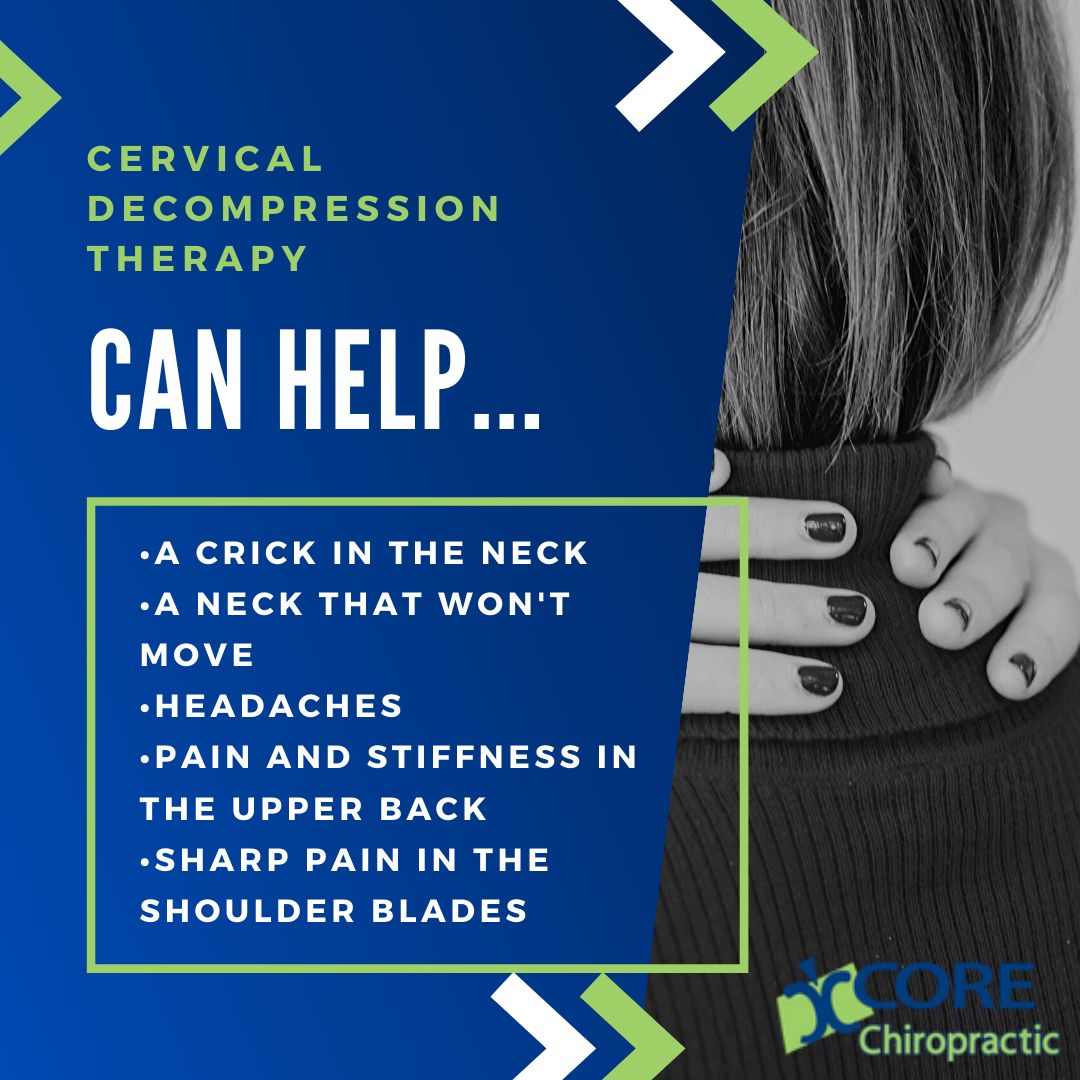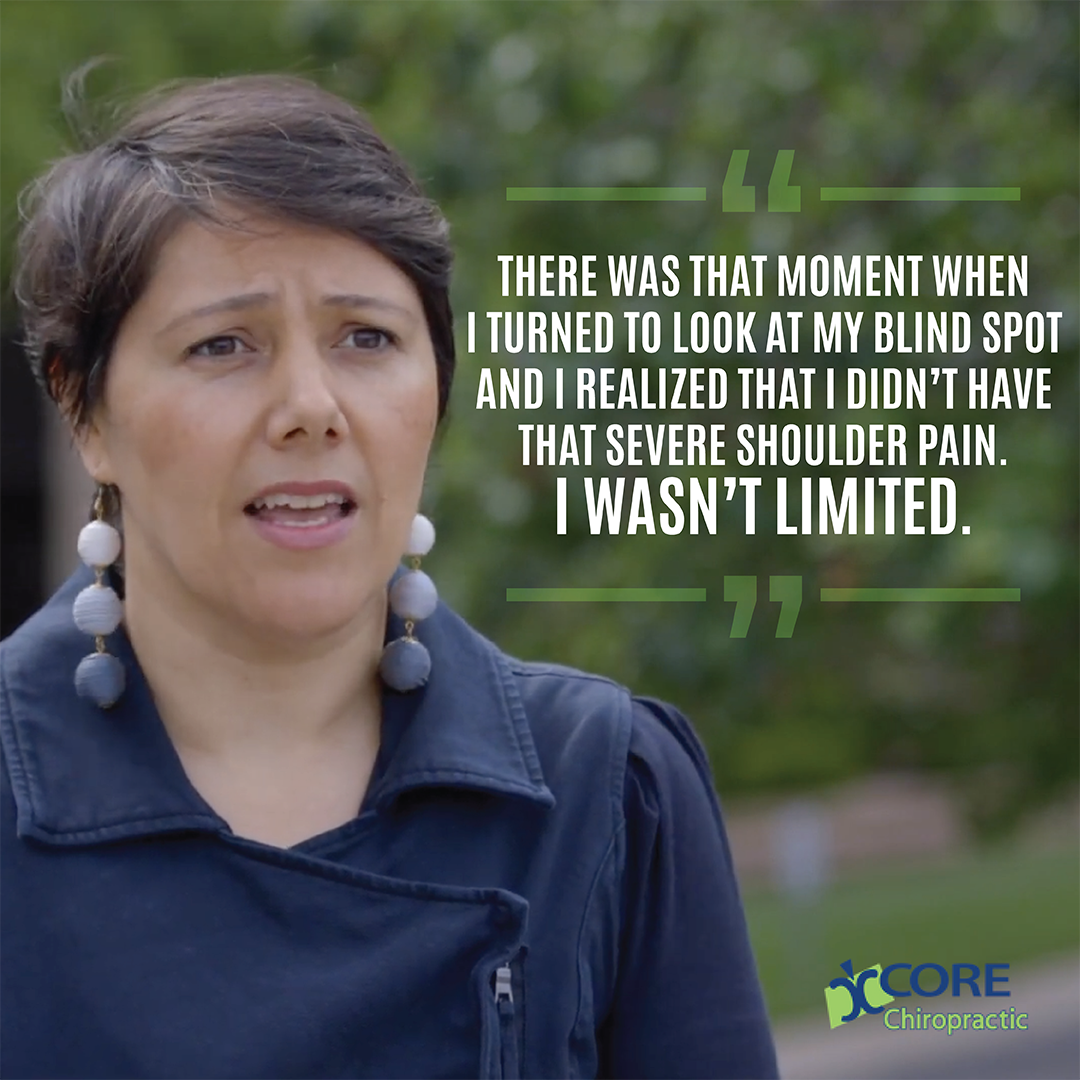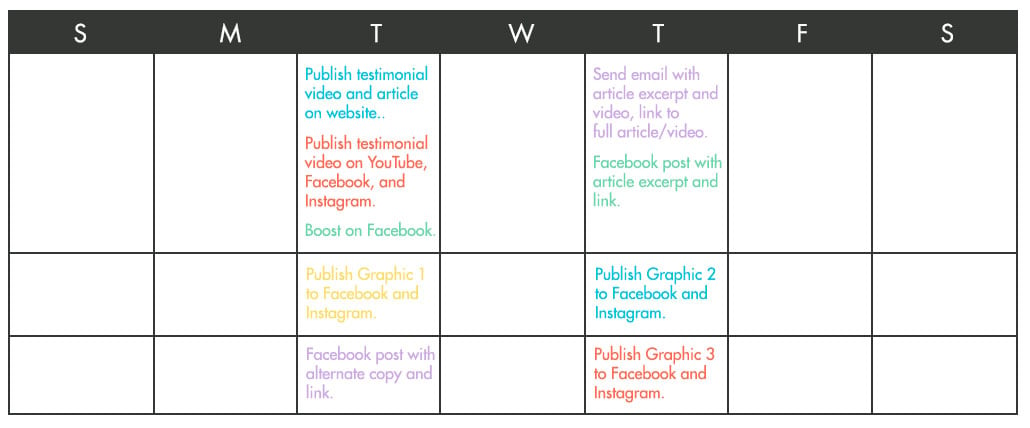There are two kinds of business content:
- Horrible content
- Content that is not horrible
Here are some examples you’ve seen of typical business content that is horrible:
- Blog posts that are stuffed with keywords trying to get a Google ranking.
- Blog posts that are written by a freelance writer who has no real subject matter expertise but was hired because no one in the company thinks they can write or has the time.
- A talking head video promoted on Facebook that is nothing but sales language and company information. It is boosted to a cold audience that has no idea who you are.
- Cold emails that usually have a subject line like “Got a minute?”, then jump into heavy sales copy and ask if you’ve got time to chat later this week. Maybe Thursday around 2?
- Cold LinkedIn messages that do the same thing.
Even if the content is well-thought-out and well-executed, it can still suck if it ignores this fundamental rule:
“enter the conversation already occurring in the prospect’s mind”
Most business content does not regard what the prospect is already thinking about.
At their first interaction, your audience is not already thinking about your product or service. But they may have a related thought rattling around in their head that you can help with.
How do you figure out what your audience is already thinking about?
Never fear.
The plan I’m about to present will solve this problem, help people, and be a more enjoyable experience all around.
This is the exact content strategy that we use for our clients.
Let’s jump in.
Step 1: Interview Three of Your Best Customers
Find the ones that love you. You know who they are.
Pull out a camera or phone and ask them these questions (from Building a Story Brand by Donald Miller):
- What was the problem you were having before you discovered our product?
- What did the frustration feel like as you tried to solve that problem?
- What was different about our product?
- Take us to the moment when you realized our product was actually working to solve your problem.
- Tell us what your life looks like now that your problem is solved or being solved.
We’ve seen it time and again. You will be surprised at what your customers have to say. You will be humbled at the difference you’ve made in their life.
They will give you words that are better (and more trustworthy) than anything your best copywriter can come up with.
If you have a media team, fantastic. Mix in some b-roll and make it pretty. When editing, lead with the problem. That’s your hook, because, you guessed it… it’s likely the conversation already going on in someone else’s head.
If you don’t have a media team, it’s ok.
Your customers can even record the video on their phone and send it to you. What’s important is their words.
SAMPLE VIDEO
Step 2: Write Three Articles Based on Your Customer’s Experiences
Review your customer’s answers to the first two questions you asked them. This is the conversation that’s already going on in your prospects mind.
If you are an expert that can help them understand their problem, you should write the article. If it’s someone else, have them do it.
The problem is the topic. Find a unique angle to approach it, was there something specific about the way your customer experienced a common problem in their testimony?
It’s ok to talk about how your product or service can help, but the majority of your article needs to be helpful information that can help them understand their problem or some practical advice. Be generous with your knowledge. This article should provide value all on its own – regardless if they ever become a customer.
Embed the most appropriate testimonial in the article. Your current happy customers are your best salespeople.
Tell them what to do next at the end of the article. What’s the most logical next step? Make it easy for them.
If you don’t have the capacity to write in-house, it is possible to find very good freelance writers who are true subject matter experts. I’d recommend showing them the video and giving them the problem-based topic to go on.
You’ll likely have to try several writers before you find the one that gets your voice, understands the subject matter, and creates copy that compels your audience.
We’ve had some good results with Writer Access in the past.
SAMPLE ARTICLE
Step 3: Carve Up the Buffalo
“Carve up the buffalo” is a phrase taken from Russ Henneberry in the Content Marketing Mastery course from Digital Marketer.
Just as Native Americans used every part of the buffalo for their daily lives, we should strip every piece of value out of the core pieces of content that you’ve just created.
Identify those little nuggets and use them to make several pieces of micro-content. You’re looking for things like interesting statistics, quotes, images, and compelling questions.
Anything in your testimonial video or article that can stand on its own – use it.
Once you have a good list of at least six pieces of micro-content, use them to create social media graphics and ad copy.

|

|

|
Step 4: Add All of Your Content to a Calendar and Promote It
You should now have three videos, three articles, several chunks of ad copy and several social media graphics.
Also, put together an email for each video+article module. Send it to relevant segments of your list.
Now, it’s time to organize your publishing calendar. We usually put a couple of pieces of content out per week, but you can adjust the volume based on your capacity to create.

A video+article module with the email and accompanying graphics should last you about three weeks if you publish twice per week.
Publish your content on the channels where your audience spends time. Facebook is likely going to be one of those, as is Instagram. LinkedIn is a possibility for B2B.
Since organic reach is tough for most businesses on Facebook, we always recommend boosting your content when you publish so you can see what resonates with your audience. If no one engages, let the boost die. If you find one that hits, increase the budget and duration until you start to see fatigue.
As you continue to produce this content and build a nice library, you can always circle back and revive older pieces that worked in the past.
It all starts with the video. In this example we've used a customer journey style video, but there are many other options available to you. At Gravity Digital, we currently utilize 35 different types of videos for our clients.
 About the Author
Matt Brannon
About the Author
Matt Brannon
Matt graduated from Baylor University in 2003 and married his college sweetheart Ginny. They moved to Austin and Matt began working for Governor Rick Perry, first as an Advance Man and then later as the Governor’s Executive Aide. In 2007, Matt and Ginny moved to Los Angeles where Matt worked in public relations for an independent film (and Toronto Film Fest winner), “Bella”. His primary role was implementing grassroots efforts on a new online network called “Facebook”. After the promotion of Bella came to an end, Matt worked various jobs in entertainment and also spent 5 years working at Cedars-Sinai hospital. in 2013, Matt and Ginny moved back to their home state of Texas and joined the team at Gravity Digital. Matt’s distinctive value for his clients is his ability to bring out-of-the-box ideas and solve problems creatively.
Follow Matt Brannon:
LinkedIn |
Twitter


